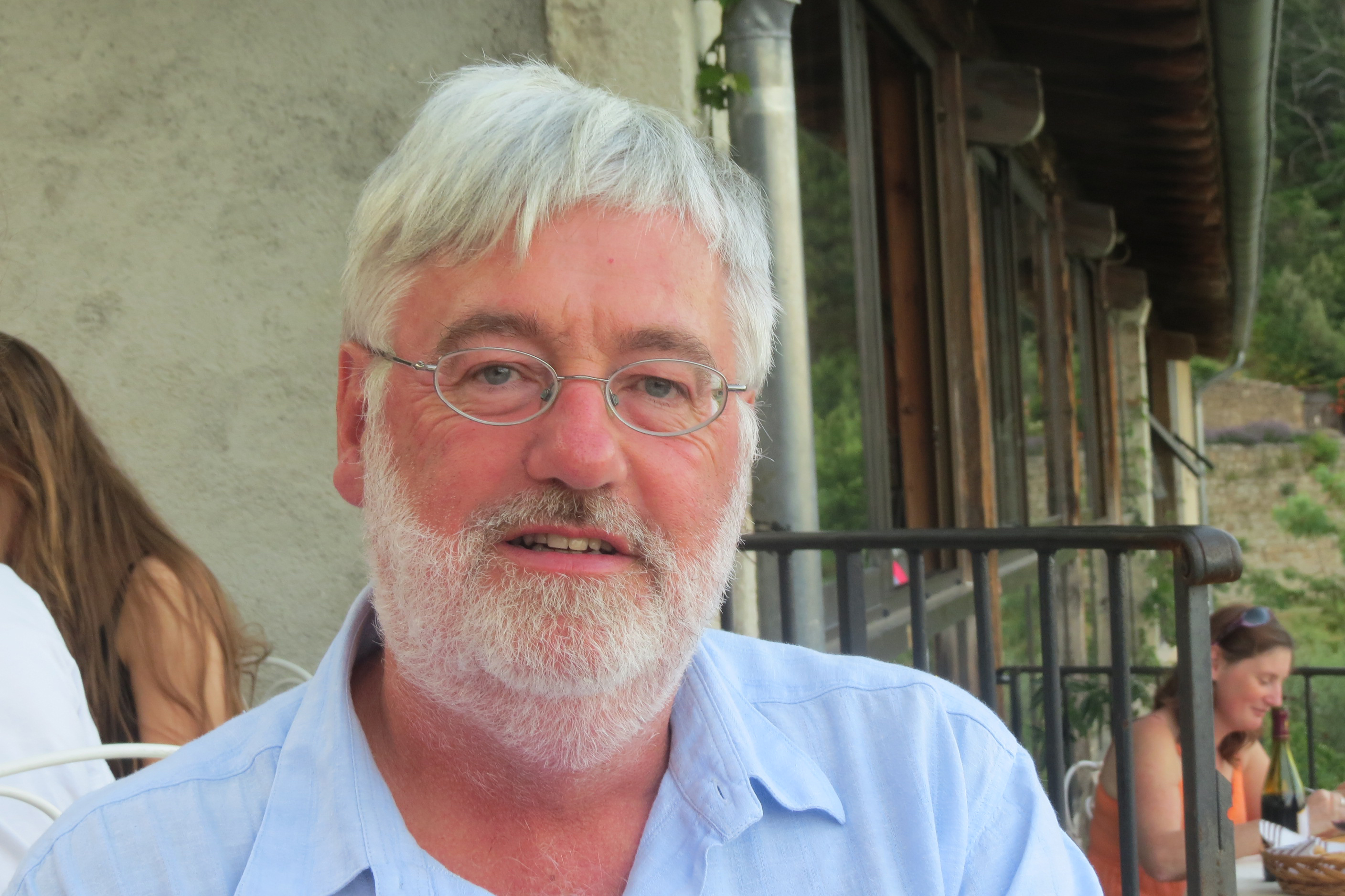08 June 2022
|
Story Leonie Bolleurs
|
Photo Supplied
 Prof David Buckley, Affiliated Professor at the UFS, contributed to the article: 'Discovery of a radio-emitting neutron star with an ultra-long spin period of 76 seconds’, published in Nature Astronomy.
Prof David Buckley, Affiliated Professor at the UFS, contributed to the article: 'Discovery of a radio-emitting neutron star with an ultra-long spin period of 76 seconds’, published in Nature Astronomy.
The article, titled: 'Discovery of a radio-emitting neutron star with an ultra-long spin period of 76 seconds’, is about the detection of an extremely slowly rotating pulsar. The discovery was made using MeerKAT, the Karoo Array Telescope.
One rotation every 76 seconds
“When it was discovered, it was the slowest rotating single radio pulsar,” says Prof Buckley, explaining that pulsars are neutron stars (stellar corpses; the leftover remains of a star), only 10 km in radius, with a typical spin period of
less than a second.
He states that it is only in some high-mass X-ray binary systems that we see such slowly rotating neutron stars, but they only emit as X-ray pulsars; they do not show radio pulsations. “They rotate relatively slowly due to the magnetic interactions
with their companion stars, which applies a torque that slows down the pulsar's spin.”
According to him, there are a handful of isolated, slowly spinning single neutron stars, with spin periods of up to 11 seconds. “They are, however, not detected as radio pulsars,” he says.
“In the case of our research, the object appears to be a single pulsar. So, it’s quite a unique object and understanding how the radio emission is generated is still a bit of a puzzle. Such slow rotators are not expected to be strong radio
sources,” he says.
What makes this discovery so remarkable is the fact that it is such a slow radio pulsar and yet able to produce detectable radio pulses. Passionately explaining the significance of the finding, Prof Buckley states, “The so-called duty cycle of the
pulses – their width compared to the period of rotation – is extremely small (less than 1%), implying that the magnetic pole cape responsible for the emission is also immensely small – only 17 metres in size!”
International collaboration
When it was discovered, it was the slowest rotating single radio pulsar. – Prof David Buckley
With the research published in Nature Astronomy, he was part of the ThunderKAT collaboration, working with an international team of members in South Africa and the United Kingdom (who led the research), Europe, Australia, and the United States. “We
focused on detecting and studying radio transients discovered by MeerKAT. My role specifically involved the optical follow-up observations with the South African Large Telescope (SALT),” he says.
Besides his work on the paper published in Nature Astronomy, Prof Buckley’s research mainly focuses on compact binaries, where a dense object such as a white dwarf, neutron star, or black hole, accretes material from a nearby companion star. He
also leads several programmes related to astrophysical transients. These include initiatives with SALT and other South African Astronomical Observatory (SAAO) telescopes; in some of these programmes he is collaborating with UFS colleagues.
Moreover, Prof Buckley is an investigator on several international projects, recently being involved in leading a BRICS (Brazil-Russia-India-China-South Africa) astronomy initiative to establish a flagship programme on astrophysical transients and big
data. He is also currently serving as the SALT Global Ambassador.
In 2021, Prof Buckley was appointed as Honorary Research Affiliate at the University of Cape Town, where he is co-lecturing a National Astrophysics and Space Science Programme master’s course on compact binaries.
• The article appeared in Nature Astronomy on 30 May 2022. Read it here